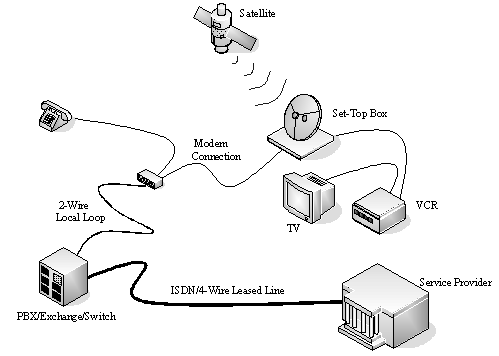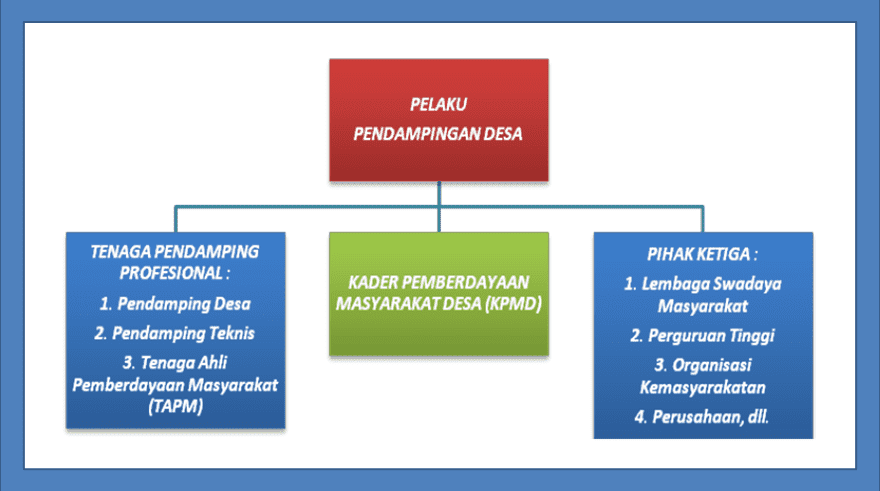A digital set-top box, often referred to as a STB, is a device that converts digital television signals into a format that can be displayed on a television. It is commonly used to receive and decode television broadcasts, including satellite, cable, and terrestrial signals. In this article, we will explore the inner workings of a digital set-top box and understand how it performs its functions.
Understanding the Components
To understand how a digital set-top box works, let’s first familiarize ourselves with its key components:
1. Tuner
The tuner is responsible for capturing the digital signals sent by the broadcasting stations. It selects the specific frequency or channel to receive and demodulates the signals into a usable format.
2. Demodulator
The demodulator further processes the received signals by removing noise and interference. It converts the digital signals into a digital intermediate frequency (IF) format, which is easier to work with.
3. Decryption Module
For subscription-based services, a decryption module is included in the set-top box. This module uses decryption algorithms and access cards to decode the encrypted signals, allowing users to access premium channels and services.
4. MPEG Decoders
Once the digital signals have been demodulated and decrypted (if needed), MPEG decoders come into play. These decoders are responsible for decoding the compressed audio and video data contained in the MPEG format, which is commonly used for digital television transmission.
5. Audio-Visual Output
After decoding, the audio and video signals are sent to the output stage of the set-top box. The video signal is typically in digital form and is converted to an analog format compatible with most television sets. The audio signal can be delivered in either analog or digital format, depending on the capabilities of the TV and the set-top box.
6. User Interface
The set-top box also includes a user interface that allows users to interact with the device. This user interface can vary, but it typically includes a remote control, on-screen menus, and navigation buttons. The user interface serves as a gateway for users to access various channels, settings, and interactive features.
The Workflow of a Digital Set-Top Box
Now that we have a basic understanding of the components, let’s delve into the workflow of a digital set-top box:
-
Tuning and Channel Selection: The tuner in the set-top box selects the desired frequency or channel to receive the digital signals. This allows users to choose specific channels and switch between them.
-
Signal Demodulation: Once the signals are received, the demodulator converts them into a format that can be further processed. It removes noise and interference from the signal to ensure a clear transmission.
-
Decoding and Decryption: If the signals are encrypted, the decryption module in the set-top box decodes them using the appropriate algorithms and access cards. This step ensures that users can access the premium channels and services they have subscribed to.
-
MPEG Decoding: The MPEG decoders come into play to decode the compressed audio and video data. This process allows for playback of the audio and video content, which can then be output to the television.
-
Audio-Visual Output: The decoded audio and video signals are sent to the output stage, where they are prepared for display on a television. The video signal may be converted from digital to analog format, if necessary, while the audio signal is adapted based on the capabilities of the TV and the set-top box.
-
User Interaction: The set-top box’s user interface enables users to interact with the device. They can navigate through on-screen menus, select channels, adjust settings, and access interactive features, such as video-on-demand or interactive TV applications.
Conclusion
In conclusion, a digital set-top box works by receiving digital signals through its tuner, demodulating and decrypting the signals, decoding the compressed audio and video data, and outputting the audio and video signals to a television. It also provides a user interface for users to interact with the device and access various features and settings. This seamless workflow enables the set-top box to deliver high-quality television broadcasts and interactive services to users’ homes.




